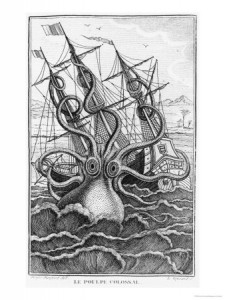
January 6, 2011

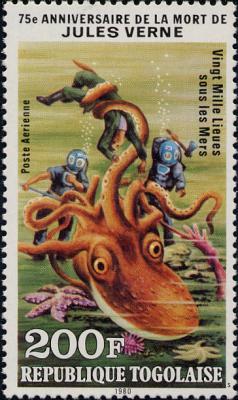
One of the strangest cryptozoological mysteries of the Caribbean is the Lusca, a giant octopus-like cephalopod said to live in the “blue holes” (narrow pits that plunge as much as 200 feet straight down through rock) of Andros and the Grand Bahama islands in the Bahamas, the Caicos Islands, and off Cuba. The blue holes of Bermuda may have Lusca too.

The most famous Giant Octopus beaching of all-time is the one that occurred in St. Augustine, Florida, in late 1896 and early 1897. I will soon be there, walking the beaches where the carcass once came ashore, went out to sea, and came in again and again.
The carcass was first spotted on the evening of November 30, 1896 by two young boys, Herbert Coles and Dunham Coretter, while bicycling along Anastasia Island. The enormous mass was half buried in the sand, having sunk under its immense weight. The two boys thought the carcass was the remains of a beached whale, as a similar stranding had occurred two years earlier near the mouth of the Matanzas River, located several miles to the south of St. Augustine (see map). For more of the chronology, see here.

Map by Gary Mangiacopra, 1976.
The two boys returned to St. Augustine the same day and reported their discovery to a local physician, Dr. DeWitt Webb (below).

Some images from those days included sketches and photos:
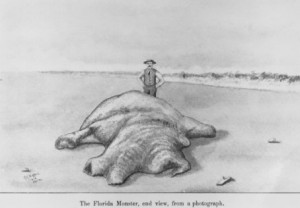
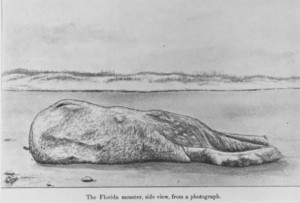
Drawings by A. E. Verrill, American Naturalist, 1897.
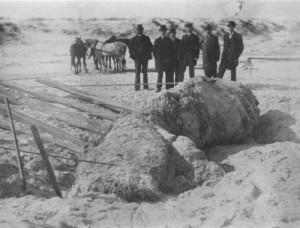
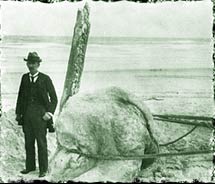


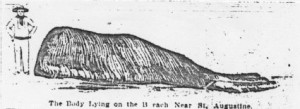
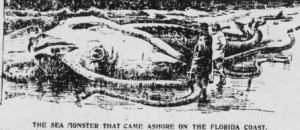

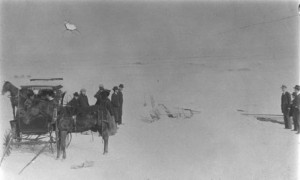
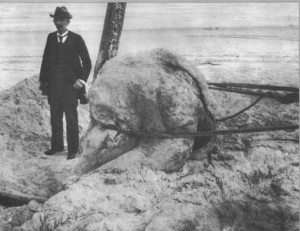
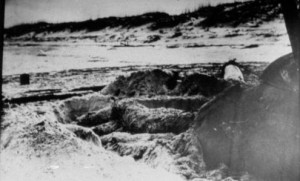
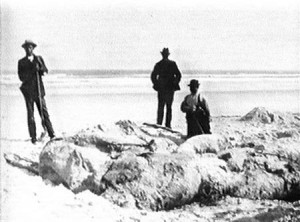


The surviving tissue samples are held by the Smithsonian.

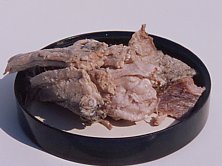

The man who is most responsible for preserving the details of the incident at the time: Professor Addison Emery Verrill.
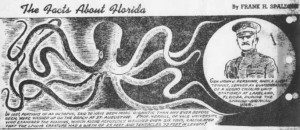
If you are in the area, come say hello on the evening of January 7th, 2011, St. Augustine’s First Friday, at the Ripley’s Believe It or Not! Museum (below). I’ll be there signing books and being interviewed on the Ripley’s radio program.

About Loren Coleman
Loren Coleman is one of the world’s leading cryptozoologists, some say “the” leading living cryptozoologist. Certainly, he is acknowledged as the current living American researcher and writer who has most popularized cryptozoology in the late 20th and early 21st centuries.
Starting his fieldwork and investigations in 1960, after traveling and trekking extensively in pursuit of cryptozoological mysteries, Coleman began writing to share his experiences in 1969. An honorary member of Ivan T. Sanderson’s Society for the Investigation of the Unexplained in the 1970s, Coleman has been bestowed with similar honorary memberships of the North Idaho College Cryptozoology Club in 1983, and in subsequent years, that of the British Columbia Scientific Cryptozoology Club, CryptoSafari International, and other international organizations. He was also a Life Member and Benefactor of the International Society of Cryptozoology (now-defunct).
Loren Coleman’s daily blog, as a member of the Cryptomundo Team, served as an ongoing avenue of communication for the ever-growing body of cryptozoo news from 2005 through 2013. He returned as an infrequent contributor beginning Halloween week of 2015.
Coleman is the founder in 2003, and current director of the International Cryptozoology Museum in Portland, Maine.
Filed under Breaking News, Cryptomundo Exclusive, Cryptotourism, CryptoZoo News, Cryptozoologists, Cryptozoology, Eyewitness Accounts, Megafauna, Year In Review